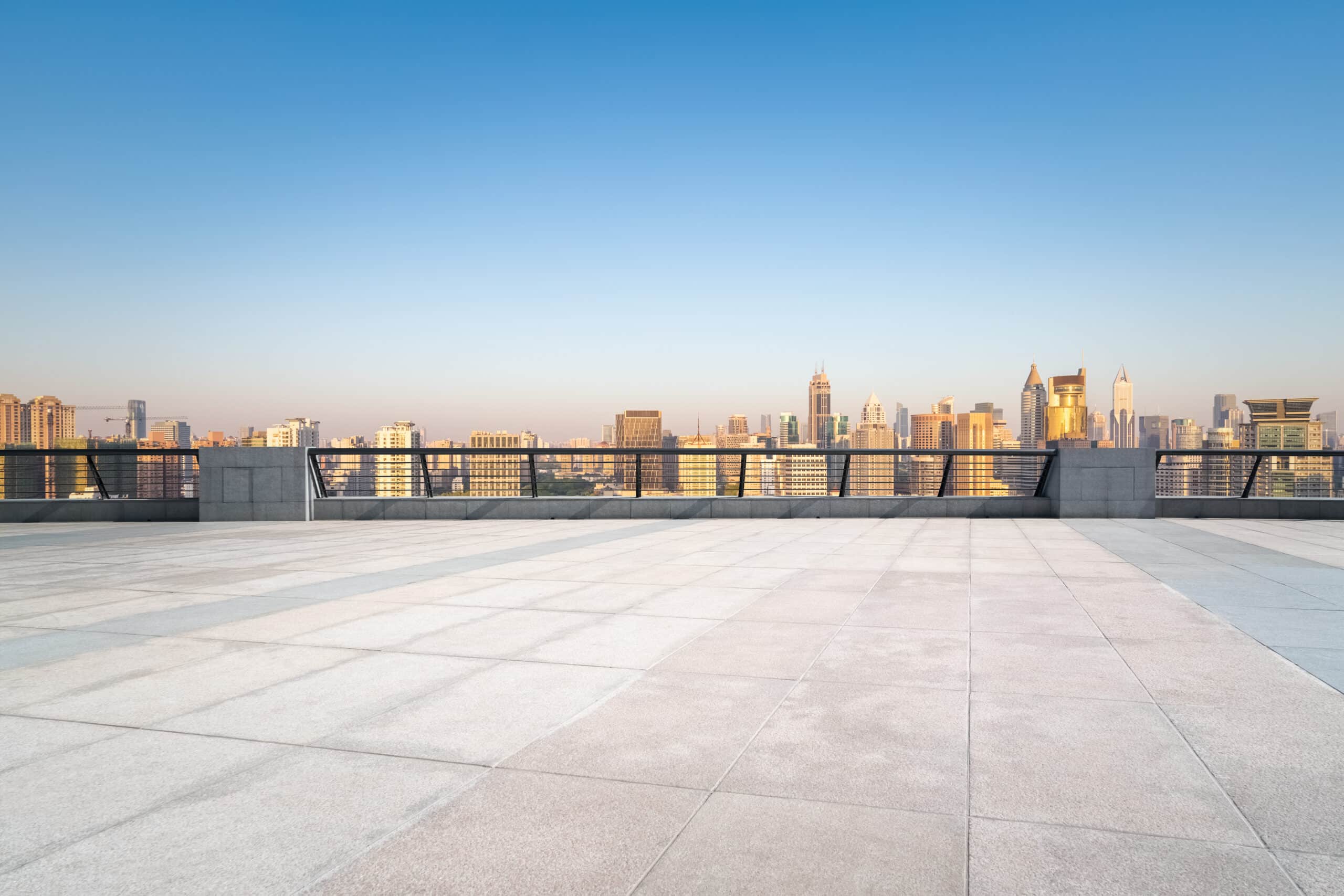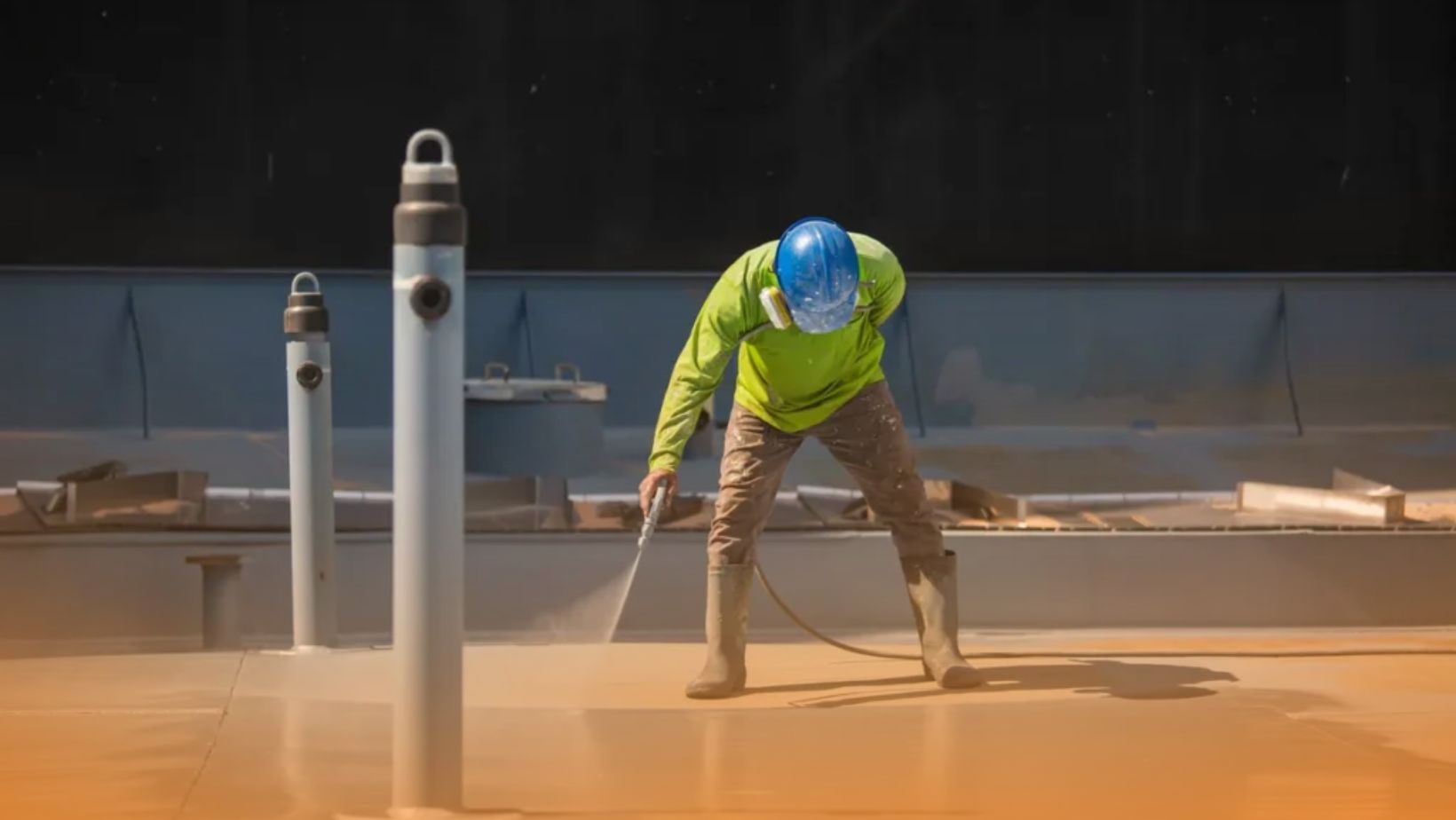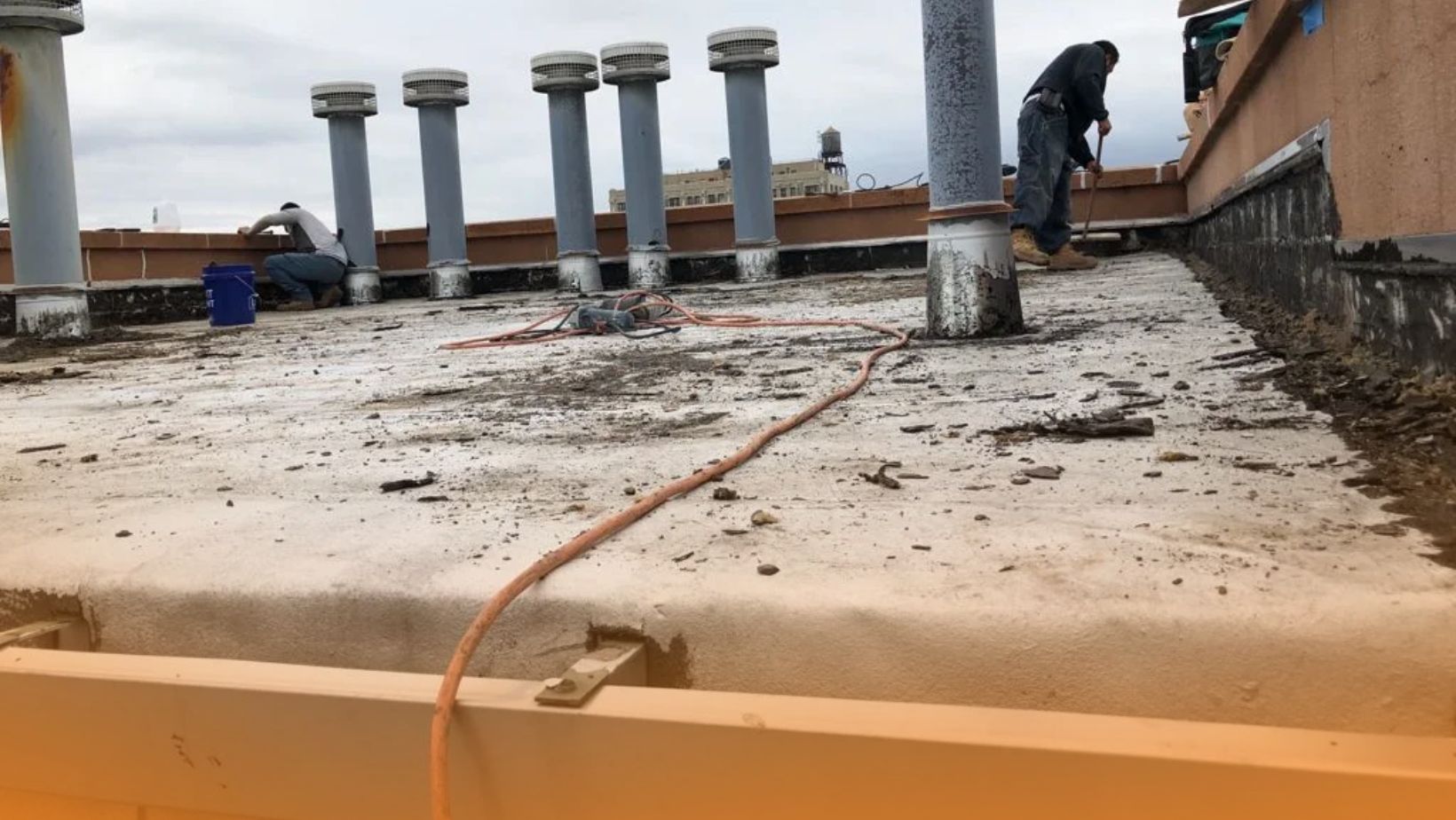Table of Contents
As advocates of preserving our rich architectural heritage, we understand the crucial role that roof coatings, like SmartSeal, play in the preservation of historical buildings. Navigating our way through the vast landscape of restoration, we’ve learned how the right roof coatings, including SmartSeal, can shield these structures from the elements, while impeccably maintaining their distinctive charm and character.
Of the plethora of options available in the market, products like Rhino Shield have caught our attention with their advanced ceramic elastomeric coatings. These solutions offer a wide spectrum of historically accurate colors, ensuring the original aesthetic of these priceless buildings stays intact. But there’s more to these products than just preserving beauty; they’re guardians of our history, conserving buildings that are a testament to our past.
Exhibiting an excellent resistance to mold, mildew, insects, salt, and corrosion, roof coatings for historical buildings like Rhino Shield not only ensure the preservation of these structures but also contribute towards an eco-friendly future with their low-VOC emissions and energy efficiency. Today, as we dwell deeper into historical building maintenance, we’re more passionate about the essence that roof coatings bring to this journey. Let’s explore this together.
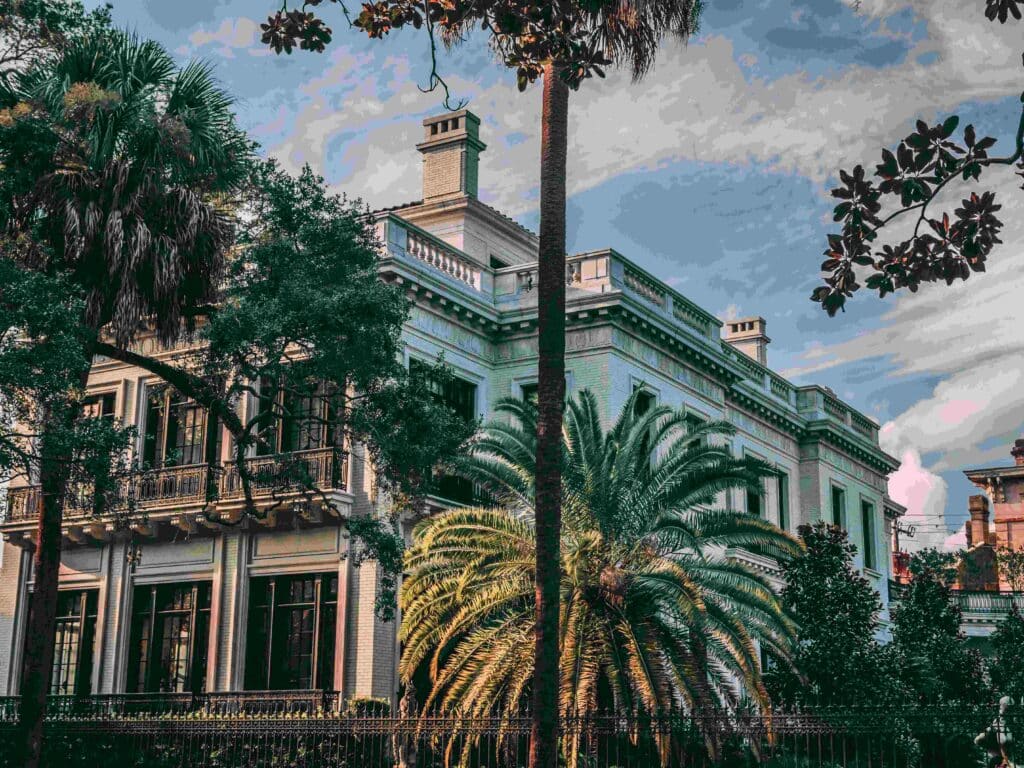
Key Takeaways
- Roof coatings, especially ceramic elastomeric ones like Rhino Shield, play an essential role in the preservation of historical buildings.
- These coatings are adaptable to a wide range of historically accurate colors, ensuring the original architecture of these structures remains intact.
- Roof coatings contribute to environmental sustainability by offering low-VOC emissions and improved energy efficiency.
- These products provide a robust defense against weather, waterproofing, and other potential threats, upholding the structural integrity of these significant structures.
- Preservation and maintaining the historical significance of these buildings remain paramount, with roof coatings proving to be a critical part in this endeavor.
The Historical Significance of Roof Coatings
In architecture, every detail plays a significant role in telling the story of our past. One such crucial aspect is the preservation of historical buildings, where roof coatings exhibit their vital function. Designed to protect historical architecture against the ravages of time, they help maintain these treasures for future generations to appreciate. The historical significance of roof coatings extends far beyond their protective value. They carry the task of sustaining the aesthetic integrity of revered structures while ensuring their beauty endures. Notable products like Rhino Shield and Mule-Hide’s 100% Silicone Roof Coating System are often the unsung heroes in this endeavor, diligently providing armor for aging roofs while preserving their historical aura.
Preserving Architectural Heritage
Historical buildings are a tangible testament to our architectural heritage. The dignified charm they exude largely depends on their state of preservation. Roof coatings are integral to this process, shielding the buildings from the wear of time while preserving their historic appeal. A quality roof coating can extend the life of the roof and, by extension, the entire structure, providing a protective layer against damaging elements like wind, rain, UV exposure, and more.
Maintaining Aesthetic Integrity
A vital aspect of preserving historical buildings is maintaining their aesthetic integrity. The goal is not merely to save the buildings from structural damage but to keep their historic appeal intact. With an extensive palette of colors and finishes, products like Rhino Shield and Mule-Hide’s 100% Silicone Roof Coating System can be customized to match the original roofing materials’ hues and textures. This way, historical buildings can retain their authenticity even after restoration.
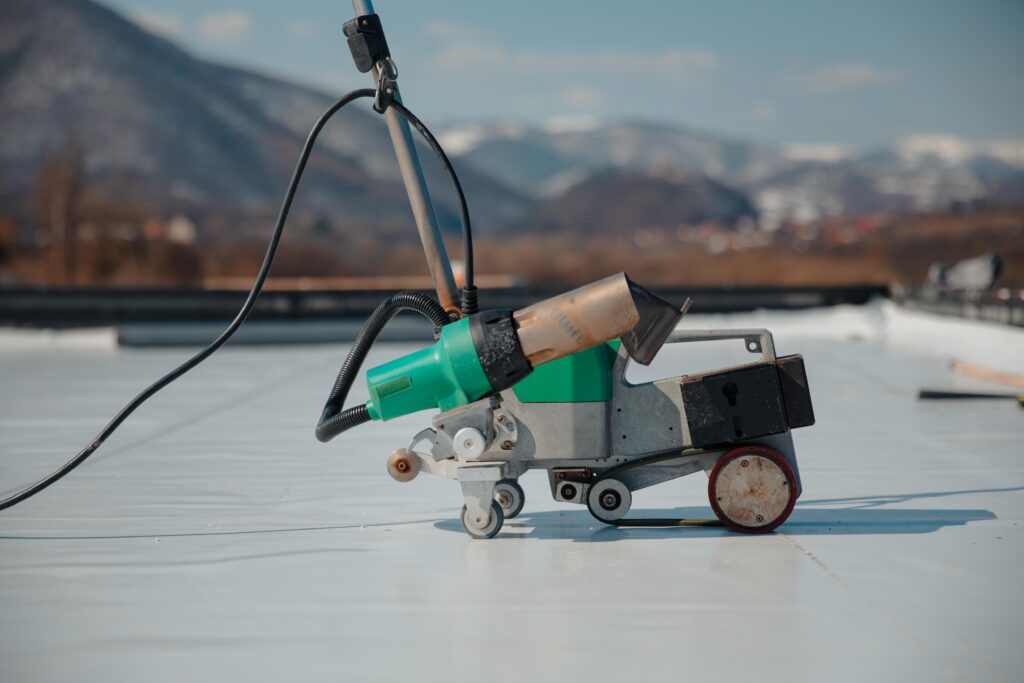
Ensuring Lasting Beauty
While these coatings shield historical buildings from harsh weather conditions and other environmental stressors, they also help highlight architectural features and add longevity to their beauty. These roof coatings are not merely a matter of function, but an aesthetic choice that can help protect the architectural treasures while enhancing their timeless beauty. Hence, these products form a vital piece of the puzzle in the preservation of historical buildings, ensuring their story continues to be told for years to come.
Innovative Solutions with Rhino Shield
As we delve deeper into the world of preserving historical structures, sustainability and energy efficiency are key factors that need to be addressed. The use of Rhino Shield’s roof coatings for these structures offers a profound answer to these concerns, establishing a perfect harmony between preserving architectural beauty and ensuring modern efficiency. Its ability to contribute to the long-term sustainability and energy-efficient performance of historical buildings sets it apart from conventional roof coatings.
Pioneering Ceramic Elastomeric Technology
Rhino Shield, known for its pioneering ceramic elastomeric technology, equips historical buildings to withstand modern environmental stressors, without compromising their inherent charm. The application of this advanced coating technology helps these buildings match the rigors of today’s climate, all while enhancing their historical aesthetic appeal.
Advances in Energy Efficiency
Another significant reason for the escalating popularity of Rhino Shield is its energy-efficient performance. With an ability to reflect UV rays, Rhino Shield contributes to considerably lower cooling costs, a benefit particularly relevant for buildings that weren’t originally designed with modern insulation techniques. As we continue to seek solutions for the preservation of historical architecture, it is vital to choose products that not only serve to retain the visual grandeur but also promote sustainable and energy-efficient functioning.
Roof Coating Options for Durability and Longevity
When it comes to safeguarding historical buildings, we understand the significance of the right roof coating options. The need is not just limited to preservation but goes beyond aesthetics to durability and longevity. With the advent of technology, there have been remarkable advancements in roof coating products that are more long-lasting and potent than traditional alternatives.

Comparing Traditional and Modern Materials
Traditional roof coatings, though initially effective, often falter due to inherent mechanical properties that limit their adhesion, weather resistance, and overall performance overtime. They also fail to provide a sturdy defense against persistent weather effects, thereby increasing the frequency of repainting and maintenance. Compare this with modern counterparts, which are designed to resist weather effects, reduce maintenance and repainting requirements, and ensure the long-term durability of historical buildings.
Modern roof coating products represent a leap in technology with enhanced protective properties, better durability, and remarkable longevity.
Benefits of Roof Coatings in Historical Building Maintenance
When it comes to historical building maintenance, the use of specialized roof coatings results in a myriad of benefits. This key defensive measure contributes immensely to efforts aimed at protecting historical architecture from adverse environmental impacts. By delivering high-quality protective barriers that are effective against harsh weather, mold, and mildew, these coatings play an instrumental role in circumventing both structural and aesthetic damage. Let’s delve into the multifaceted benefits of roof coatings in the context of historical building maintenance:
- Environmental Resistance: Often exposed to the elements, historical buildings need a line of defense. The coatings act as a shield against various weather conditions, ensuring that these structures can stand the test of time.
- Waterproofing: Roofs, especially those on older structures, are typically one of the first lines of defense against precipitation. Rain, snow, or even excess humidity can lead to a host of structural problems, which these coatings adeptly deflect.
- Sustainable and Energy Efficient: By improving thermal efficiency, these innovative coatings can help manage interior temperature of the buildings, leading to noticeable cost savings.
- Chemically Safe: As low-VOC products, these coatings contribute to a healthier environment during their application, as well as throughout their lifespan, minimizing the impact on the surrounding environment.
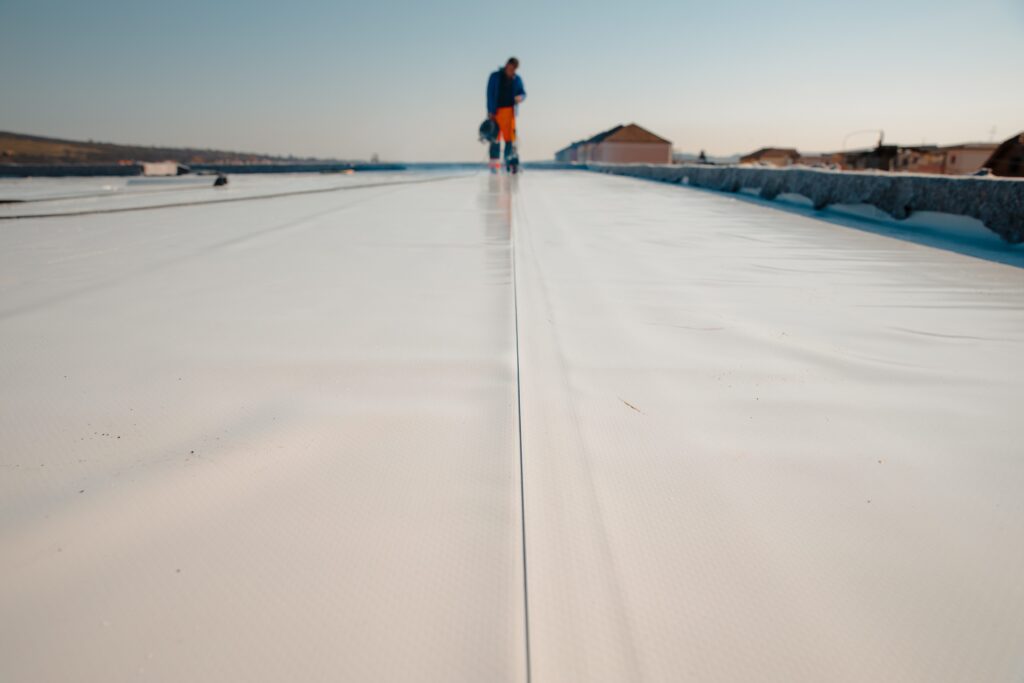
Apart from these, the longevity that these roof coatings bring to the table cannot be understated. By reducing the need for frequent reapplications, these sustainable solutions end up conserving resources in the long run.
| Benefits | Impact |
|---|---|
| Environmental Resistance | Preservs integrity of historic buildings |
| Waterproofing | Prevents structural damage |
| Sustainable and Energy Efficient | Lowers operating costs and reduces ecological footprint |
| Chemically safe (low-VOC) | Promotes healthier environments, contributes towards sustainability |
In conclusion, the benefits of roof coatings go hand in hand with the goals of preserving and maintaining our historical architecture, ensuring these cherished structures continue to tell their stories to future generations.
Low-VOC Solutions with Rhino Shield
Rhino Shield has emerged as a market leader in offering low-VOC roof coatings, continuing to champion the cause of eco-friendly renovation. Its eco-conscious product formulation, which releases significantly fewer VOCs than standard paint, embodies a commitment to environmental preservation.
| Traditional Paint | Low-VOC Coatings |
|---|---|
| Elevated VOC emissions | Minimal VOC emissions |
| Frequent reapplication required | Extended lifespan reduces reapplication frequency |
| Potential harm to environment and health | Lower health risk and environmental impact |
Moreover, the extended lifecycle of these coatings alleviates the need for constant upkeep, thus reducing resource consumption and waste generation. This is primarily due to their superior insulating properties and resistance to wear and tear, which ultimately contributes to a longer roofing lifespan.
By embracing such sustainable solutions, we make a powerful commitment to environmentally responsible renovations. Thus, we ensure that our preservation efforts align with global sustainability overarching goals.
Weather Resistance and Temperature Fluctuations
The formulations of these coatings are engineered to withstand severe weather conditions. They have remarkable heat and cold resistance, preventing temperature-induced warping or cracking. This ensures the structural integrity of the historical buildings remains uncompromised throughout seasonal variations and extreme weather events.
Waterproofing Historic Roofs
Another indispensable attribute of these coatings is their waterproofing capabilities. When deployed on historic roofs, they prevent water seepage, deterring the growth of mold and the onset of structural decay. This superior waterproofing is of paramount importance especially in harsh climates or coastal regions with high exposure to rains and storms. Ultimately, these features allow for the robust conservation of our architectural heritage, providing it the fortifications it needs to survive and thrive in contemporary times.
| Roof Coating | Weather Resistance | Temperature Fluctuation Tolerance | Waterproofing Capability |
|---|---|---|---|
| Rhino Shield | High | High | Superior |
Time and again, we’ve seen how these coatings have aided in securing our historical inheritance, pointing to a future where our past continues to sparkle in its full glory!
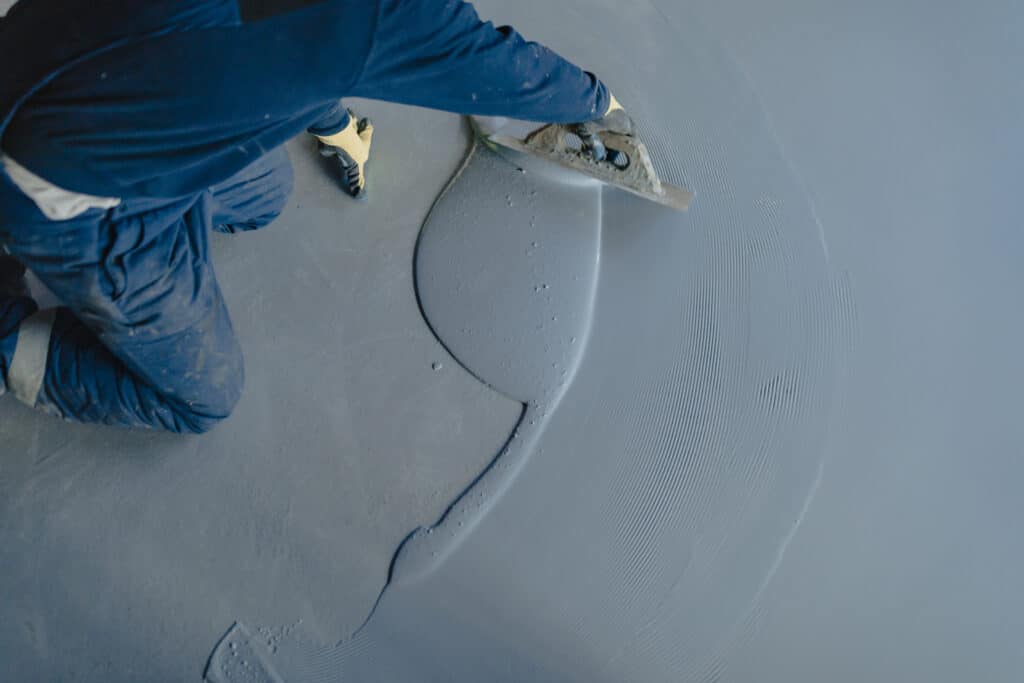
Polyurethane Coatings: Balancing Preservation and Performance
In the realm of historic roof restoration, polyurethane coatings strike an optimal balance between preservation and performance. These coatings employ unique customization capabilities that match the specific color, texture, and style of the original roofing materials. This preservation technique aids in maintaining the architectural authenticity of historical buildings, contributing a significant aspect to the restoration techniques for historic roofs.
Polyurethane coatings work effectively as a protective barrier against various elements, such as UV radiation, moisture, and pollutants. They notable for their enhanced durability and adhesion traits, positioning them as a modern solution that revitalizes historic roofs. These coatings seal cracks and imperfections, contributing to an overall polished appearance and robust physical structure.
Beyond aesthetic and physical benefits, polyurethane coatings play a significant role in improving a building’s energy efficiency. This ensures the maintenance of the building’s historical value while safeguarding its longevity. When combined with innovative roof technologies, these advanced coatings form an ideal synergy in conserving our prized historical buildings. Entrusting customization to historical specifications remains a significant facet of our commitment to the preservation of architectural heritage.
SmartSeal leads the way for exceptional commercial roof coating in St. Petersburg, FL. Reach out now to begin your project with us.
FAQs
Why are roof coatings essential for historical buildings?
Roof coatings are critical for the preservation of historical buildings. They protect these structures from the elements while maintaining their historical significance and architectural detail. Additionally, they are available in a range of historically accurate colors, which assists in retaining the original appearance of these structures. Products like Rhino Shield offer advanced ceramic elastomeric coatings, providing durability, environmental sustainability, and long-lasting protection.
How do roof coatings aid in preserving architectural heritage?
Roof coatings play an essential role in maintaining the aesthetic integrity of historical buildings. Products like Rhino Shield and Mule-Hide’s 100% Silicone Roof Coating System match the color, texture, and style of the original roofing materials, allowing the restored roofs to blend seamlessly with the building’s design. This ensures the authentic look of these structures and ensures their lasting beauty.
What makes Rhino Shield a suitable choice for roof coatings on historical buildings?
Rhino Shield provides innovative roof coating solutions for historical buildings. This brand’s ceramic elastomeric coating technology ensures these buildings retain their historical charm while being equipped to withstand modern environmental stressors. Furthermore, Rhino Shield coatings can reflect UV rays, which is beneficial for buildings that were not built with modern insulation techniques. This fosters energy-efficient and sustainable operation for these historical structures.
What are the benefits of roof coatings in historical building maintenance?
Roof coatings in historical building maintenance offer multiple benefits. They serve as a preventative measure against environmental damage, aiding in preserving the structural and aesthetic integrity of historical buildings. The coatings are also designed to enhance energy efficiency and support a healthier environment with their low-VOC formulation, offering significant savings in operating costs and contributing to a lesser ecological impact.
How do Mule-Hide products contribute to reviving the charm of metal roofs on historical buildings?
Mule-Hide’s 100% Silicone Roof Coating System has proven highly effective in bringing back the charm of metal roofs on historical buildings. As demonstrated on a historic home from 1889, these products can restore deteriorated tin roofs, ensuring they are leak-free and visually appealing. This validation underlines the effectiveness of these products in protecting and preserving historical structures.
What makes polyurethane coatings ideal for historic roof restoration?
Polyurethane coatings offer an ideal balance between preservation and performance in historic roof restoration. They can be customized to match the specific color, texture, and style of the original roofing materials, aiding in retaining the building’s historical authenticity. Additionally, they provide a protective barrier against UV damage, moisture, and pollutants, energizing historic roofs with enhanced durability and adhesion properties, and promoting energy efficiency.

